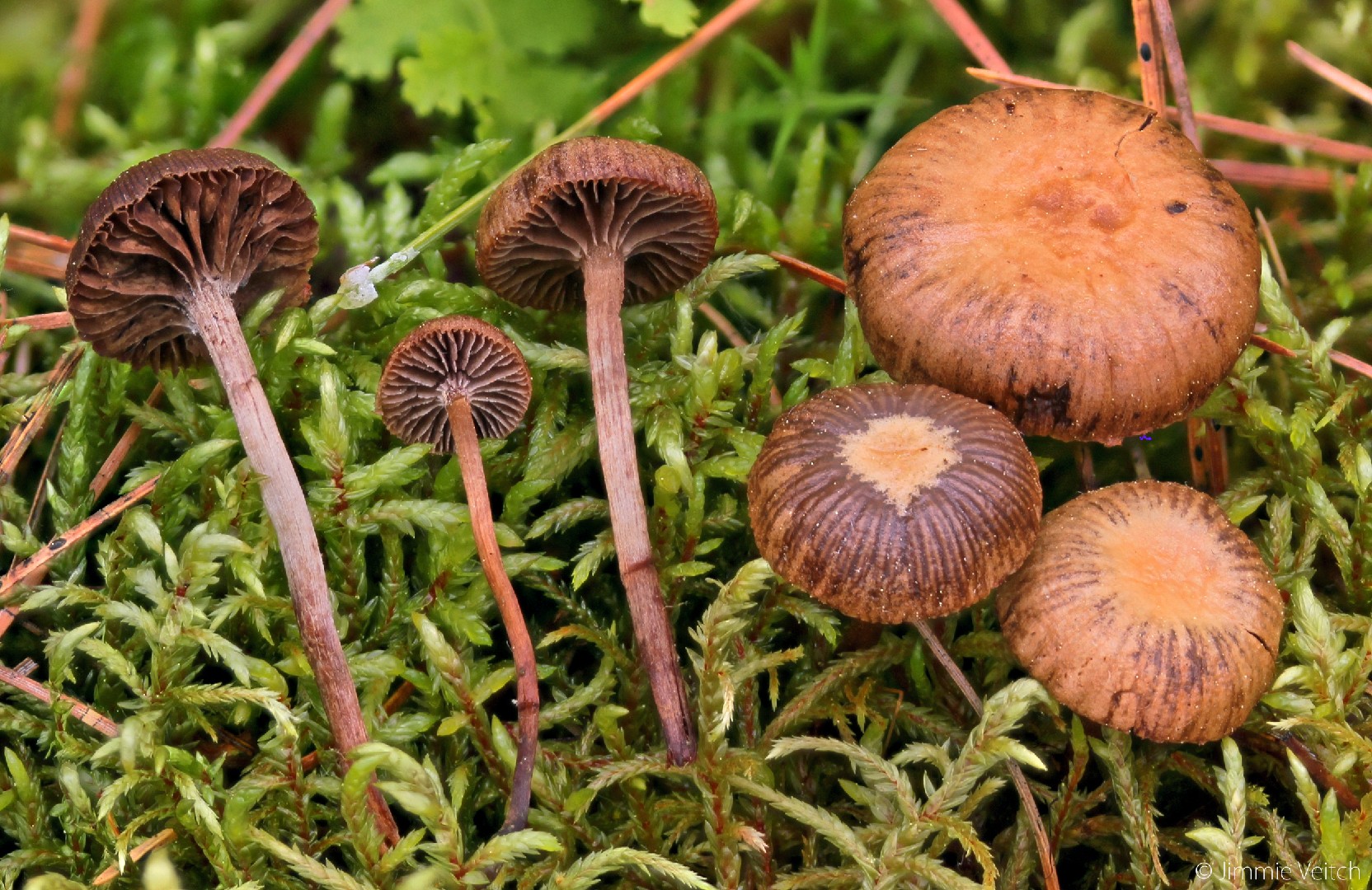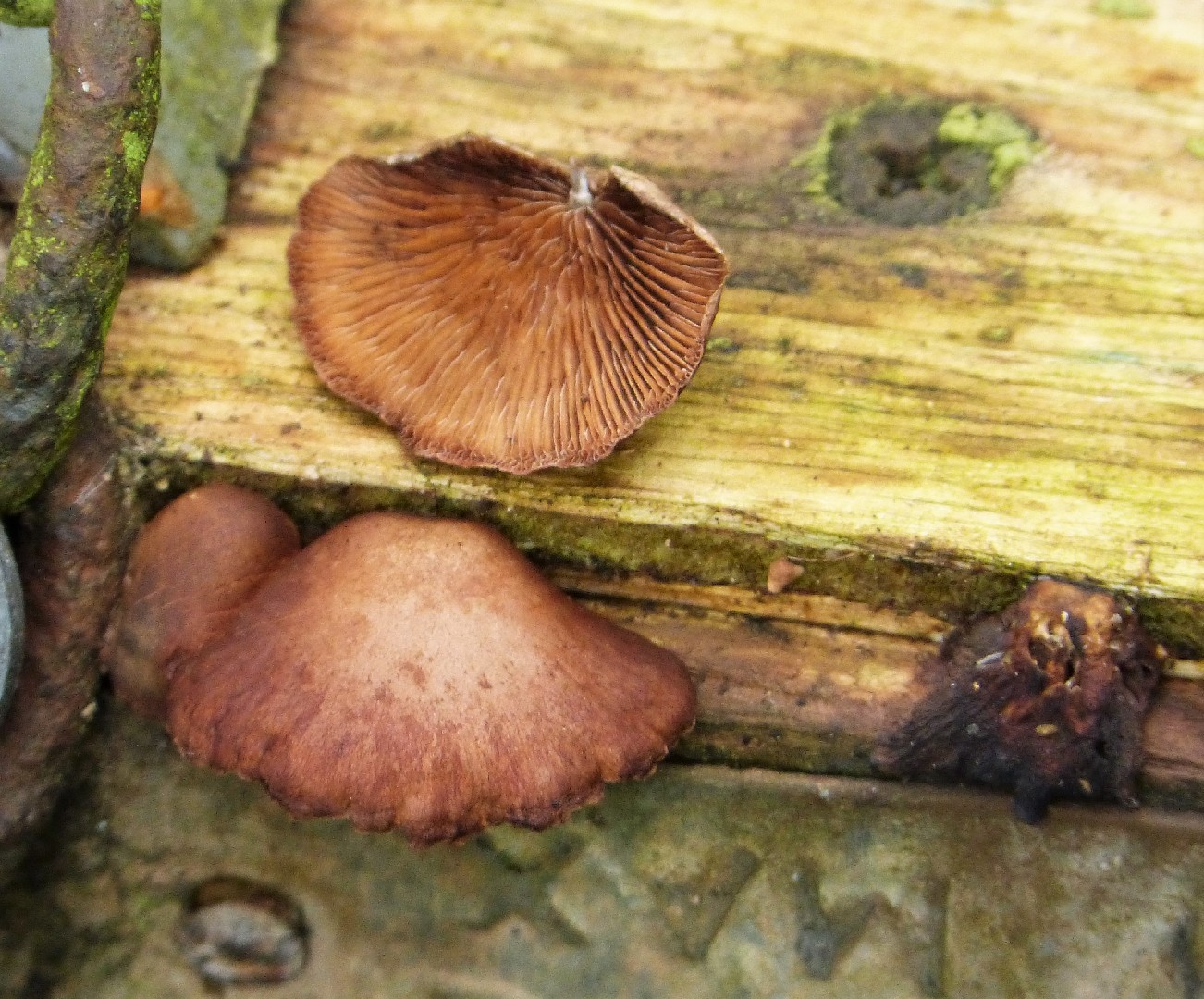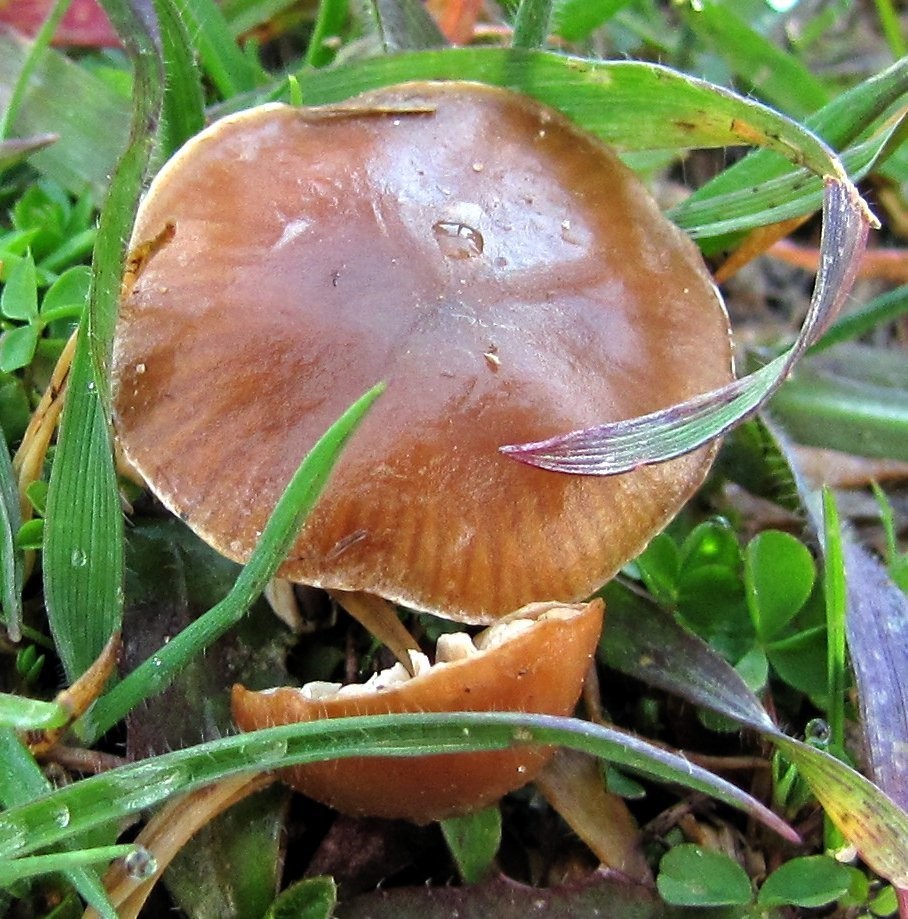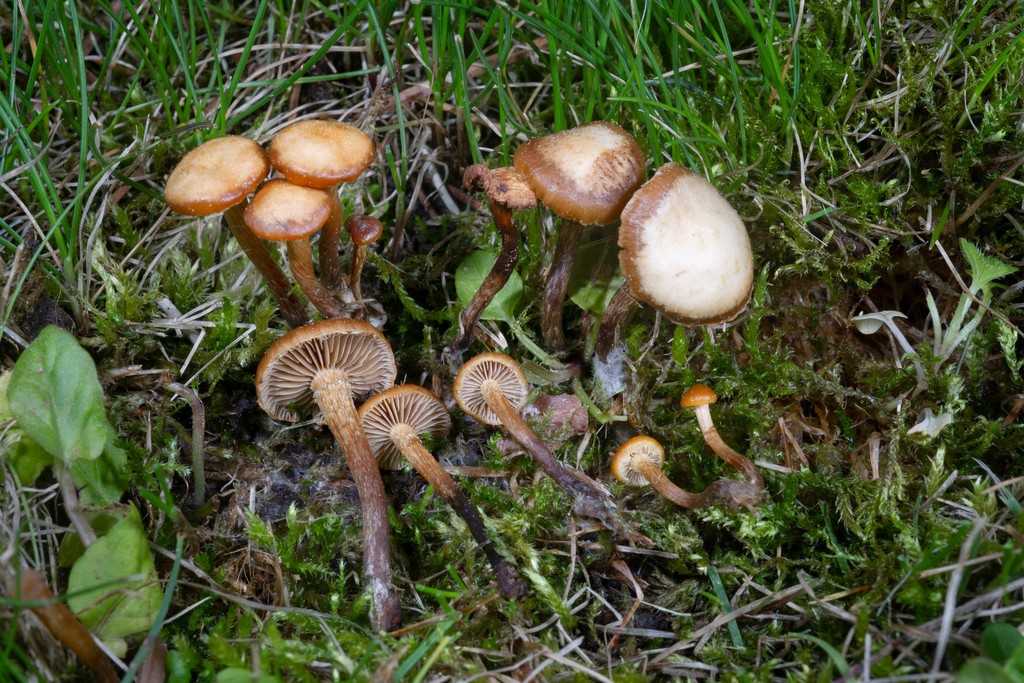Deconica
Scientific name: Deconica
Deconica
Scientific name: Deconica
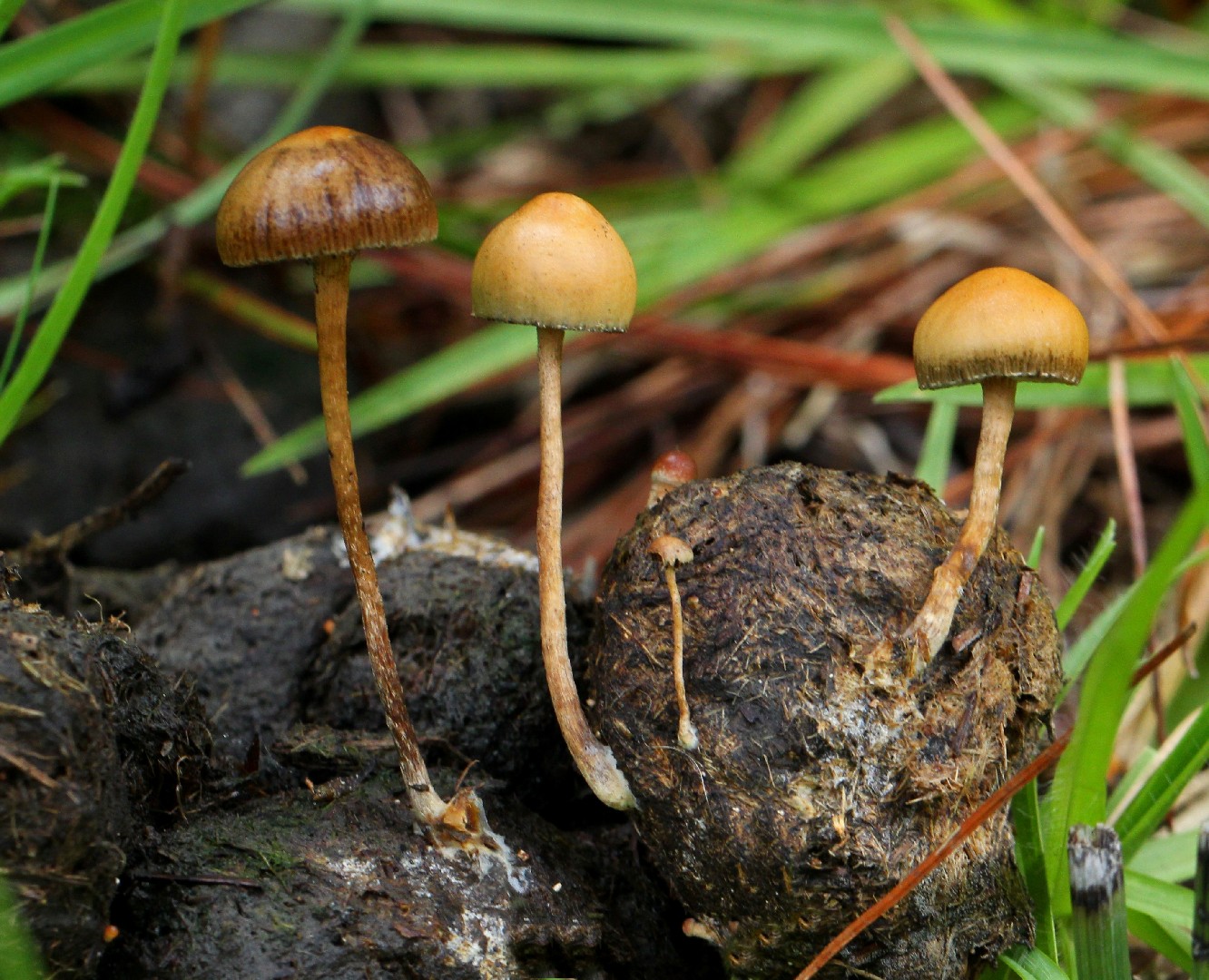 Photo By Alan Rockefeller (Alan Rockefeller) , used under CC-BY-SA-3.0 /Cropped and compressed from original
Photo By Alan Rockefeller (Alan Rockefeller) , used under CC-BY-SA-3.0 /Cropped and compressed from original Description
Deconica is an interesting group of fungi often found scattered, gregarious, or in rings in grassy areas. They can occasionally be seen growing on dung or in other diverse habitats. These small to medium-sized mushrooms typically have convex to bell-shaped caps and are known for their resilience in various environments. By breaking down organic matter, deconica plays a vital role in nutrient cycling and maintaining the health of their ecosystems.
Species of Deconica

 Photo By Alan Rockefeller (Alan Rockefeller) , used under CC-BY-SA-3.0 /Cropped and compressed from original
Photo By Alan Rockefeller (Alan Rockefeller) , used under CC-BY-SA-3.0 /Cropped and compressed from original Scientific Classification
Phylum
Club fungi Class
Mushroom-forming fungi Order
Gilled fungi Family
Hymenogastraceae Genus
Deconica 